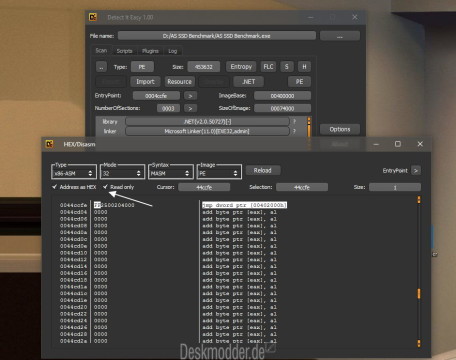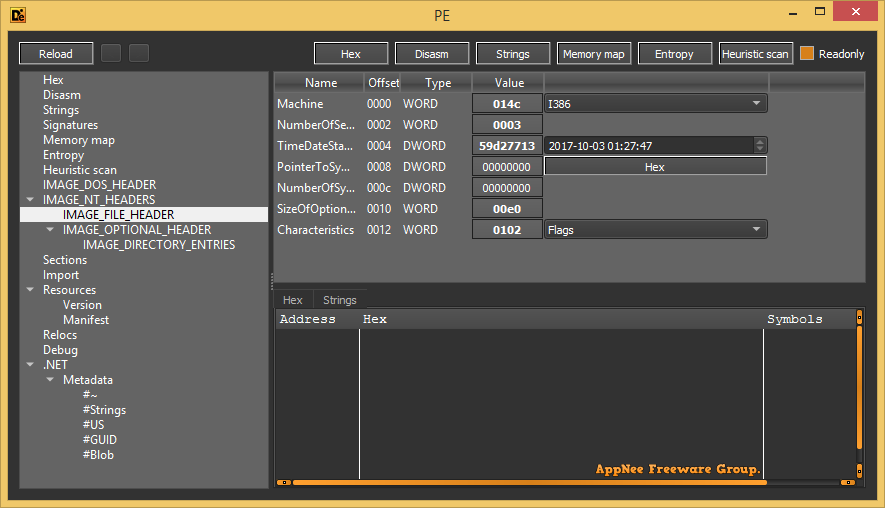

The HavanaCrypt ransomware’s disguising itself as a Google Software Update application is meant to trick potential victims into executing the malicious binary. HavanaCrypt arrives as a fake Google Software Update application. In this blog entry, we provide an in-depth technical analysis of the infection techniques of this new ransomware family, which we have dubbed HavanaCrypt. Our investigation also shows that this ransomware uses the QueueUserWorkItem function, a.NET System.Threading namespace method that queues a method for execution, and the modules of KeePass Password Safe, an open-source password manager, during its file encryption routine.

Recently, we found a brand-new ransomware family that employs a similar scheme: It disguises itself as a Google Software Update application and uses a Microsoft web hosting service IP address as its command-and-control (C&C) server to circumvent detection. For example, this year, there have been reports of ransomware being distributed as fake Windows 10, Google Chrome, and Microsoft Exchange updates to fool potential victims into downloading malicious files.

Ransomware’s pervasiveness is rooted in its being evolutionary: It employs ever-changing tactics and schemes to deceive unwitting victims and successfully infiltrate environments. In fact, according to data from Trend Micro™ Smart Protection Network™, we detected and blocked more than 4.4 million ransomware threats across email, URL, and file layers in the first quarter of 2022 - a 37% increase in overall ransomware threats from the fourth quarter of 2021. Ransomware is not at all novel, but it continues to be one of the top cyberthreats in the world today.


 0 kommentar(er)
0 kommentar(er)
